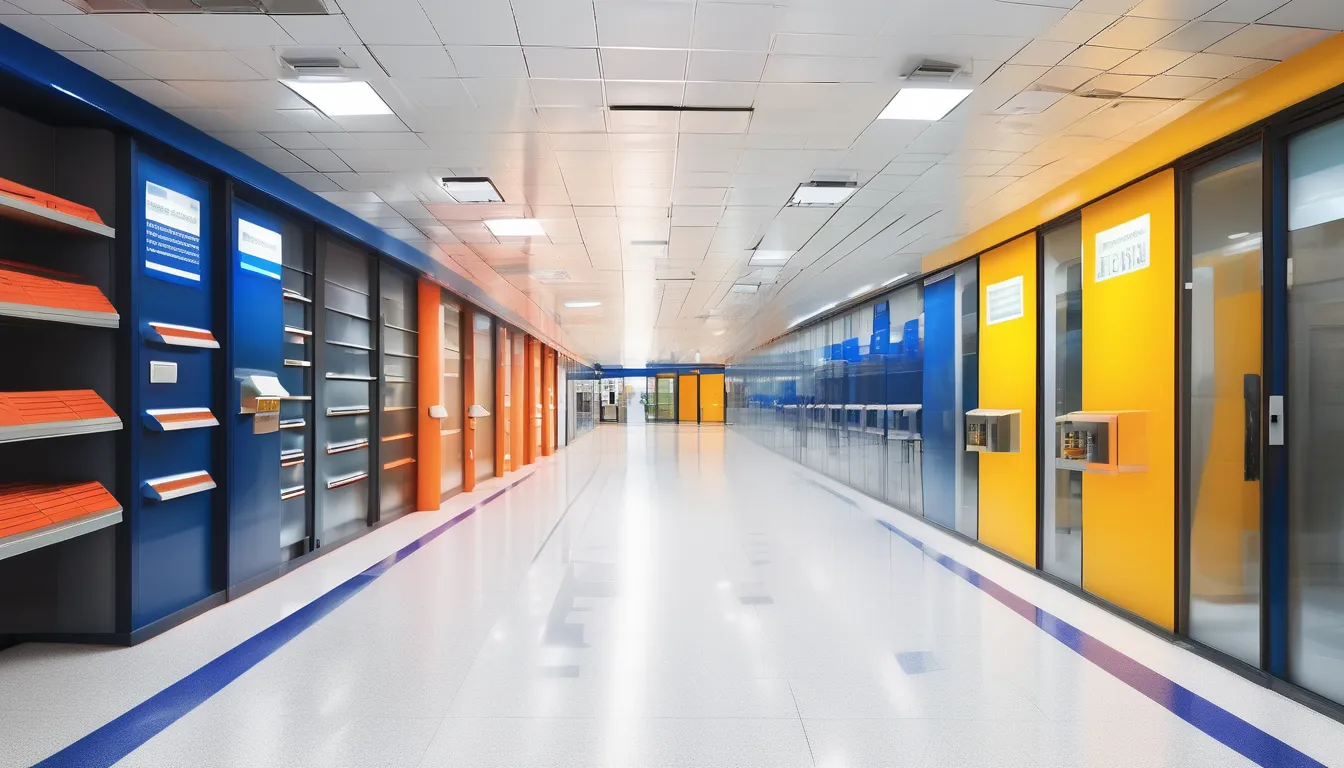Understanding Gas Leak Detectors: Essential Tools for Safety

Gas leak detectors are vital safety devices designed to identify the presence of hazardous gases in residential and commercial environments. These devices play a crucial role in preventing accidents and ensuring the well-being of individuals, as undetected gas leaks can lead to serious health risks, explosions, or environmental hazards. This article explores how gas leak detectors work, their types, and why they are essential for maintaining safety.
How Gas Leak Detectors Work
Gas leak detectors operate by using sensors to identify specific gases in the air. Most commonly, these devices are calibrated to detect natural gas (methane) and propane, but some advanced models can also identify carbon monoxide, hydrogen sulfide, and ammonia. When a gas leak occurs, the concentration of the gas in the air increases, triggering the sensor. Once detected, the device typically emits an audible alarm and may also provide visual alerts through flashing lights.
The sensors in gas leak detectors can be of various types, including:
-
Catalytic Bead Sensors: These sensors work by oxidizing the gas, which produces heat. The change in temperature is measured and compared to a baseline, allowing the detector to determine the concentration of gas present.
-
Electrochemical Sensors: These sensors use a chemical reaction to identify the presence of gas. When gas molecules come into contact with the sensor, they produce an electrical current that indicates the gas concentration.
-
Infrared Sensors: These devices detect gas by measuring the absorption of infrared light. Different gases absorb light at specific wavelengths, allowing for precise identification.
Types of Gas Leak Detectors
Gas leak detectors can be broadly classified into two categories: portable and fixed units.
-
Portable Gas Leak Detectors: These handheld devices are ideal for technicians and emergency responders who need to quickly assess an area for gas leaks. They are typically lightweight, battery-operated, and equipped with alarms to alert users immediately.
-
Fixed Gas Leak Detectors: Installed in a specific location, these detectors continuously monitor the environment for gas leaks. They are often connected to building management systems, enabling automatic notifications to security personnel or facility managers in case of a detected leak.
Why Gas Leak Detectors Are Essential
-
Safety: The primary purpose of gas leak detectors is to protect lives. Gas leaks can lead to suffocation, fire, or explosions. By detecting leaks early, these devices provide critical time for evacuation and emergency response.
-
Health Protection: Prolonged exposure to certain gases, such as carbon monoxide, can lead to severe health issues, including poisoning. Gas leak detectors help mitigate these risks by ensuring prompt identification of harmful gas concentrations.
-
Regulatory Compliance: Many industries are required to adhere to safety regulations that mandate the installation of gas detection systems. Compliance not only protects employees but also minimizes legal liabilities for businesses.
-
Peace of Mind: Knowing that a gas leak detector is installed can significantly reduce anxiety about potential hazards, allowing individuals to focus on their daily activities without fear of undetected gas leaks.
Conclusion
oxygen detector are indispensable tools for ensuring safety in environments where flammable and toxic gases are present. Understanding how these devices function and the importance of their application can empower individuals and organizations to take proactive steps toward maintaining a safe atmosphere. Regular maintenance and proper installation of gas leak detectors are crucial in maximizing their effectiveness, ultimately protecting lives and property from the dangers posed by gas leaks.



